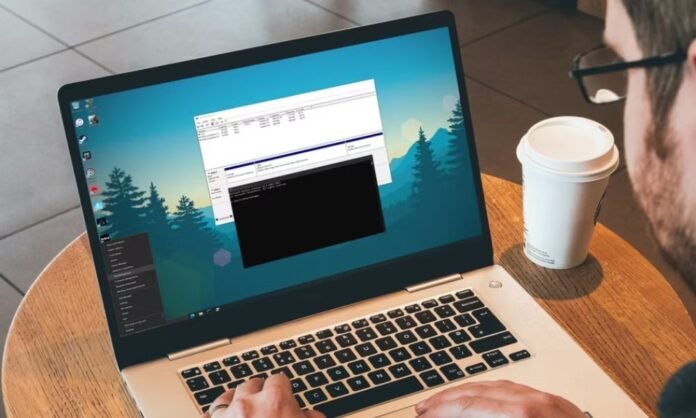Managing your hard drives and partitions has never been easier! Discover 4 quick and efficient ways to access the Disk Management utility built into Windows 10 and 11, whether you are a novice or an experienced user.
Method 1: Find Disk Management in Windows
The easiest way to open Disk Management is to find it in the Start menu:
- Click the Start
- Tap "Disk management"
- Select " Create and format hard drive scores " in search results
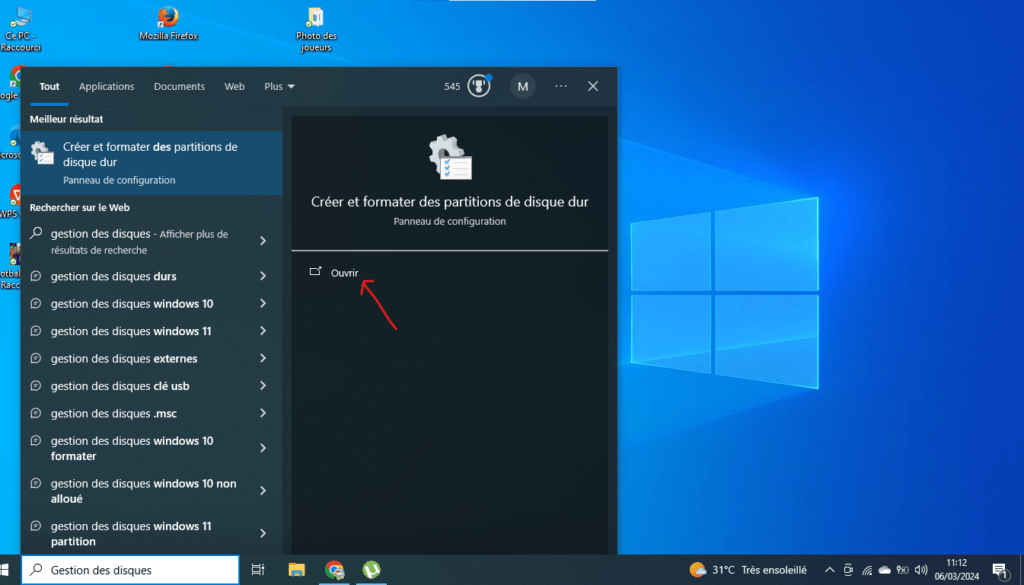
Method 2: Launch Disk Management from Command Prompt
Command Prompt provides instant access to several system tools, including Disk Management:
- Open Command Prompt .
- Type diskmgmt.msc and press Enter .
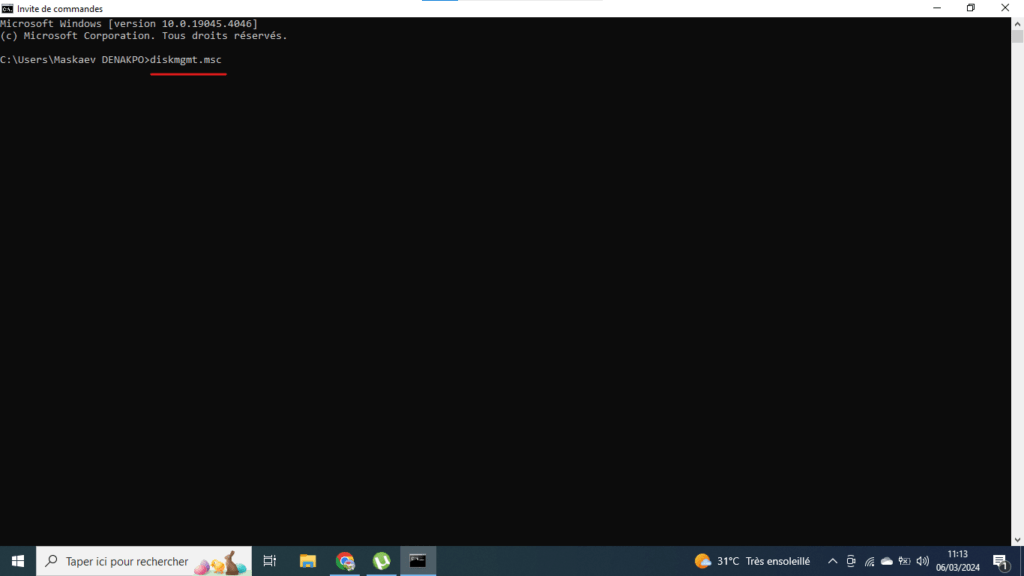
Method 3: Use the Run dialog box to open Disk Management
Run dialog box allows you to quickly run commands and programs:
- Press Windows + R keys
- Type "Diskmgmt.msc" in the text box

- Press the Enter or click "OK"
Method 4: Open Disk Management from Control Panel
The control panel is a classic Windows tool that offers a multitude of configuration options:
- Click the Start
- Select "Settings"
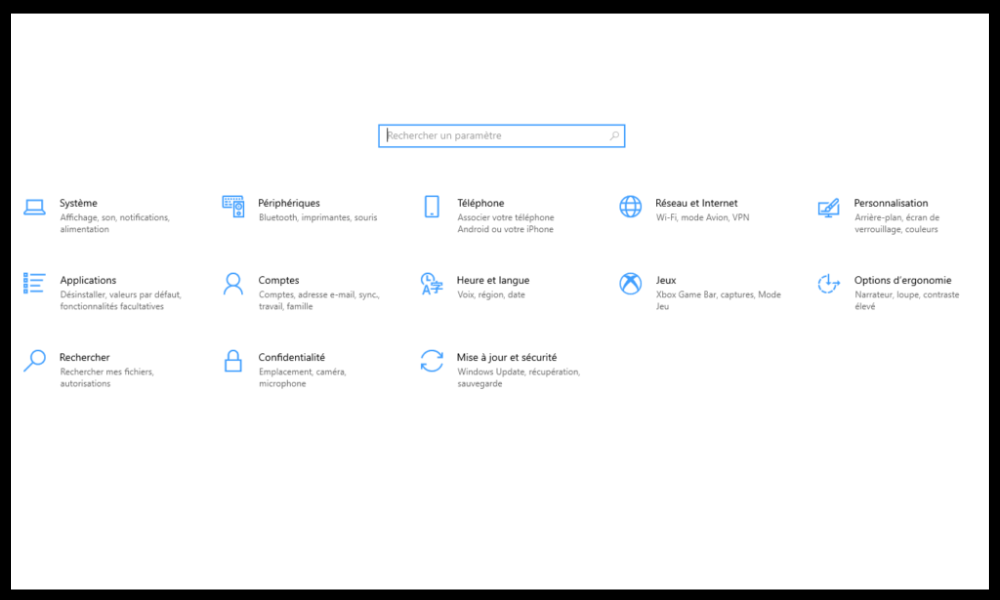
- Go to "System"> "Storage"
- Click on "Change storage settings"
- Under "more storage options", click on "Manage storage spaces"
- Click on "Create a new pool and a new storage space"
- "New storage pool" dialog box click "Select a disk"
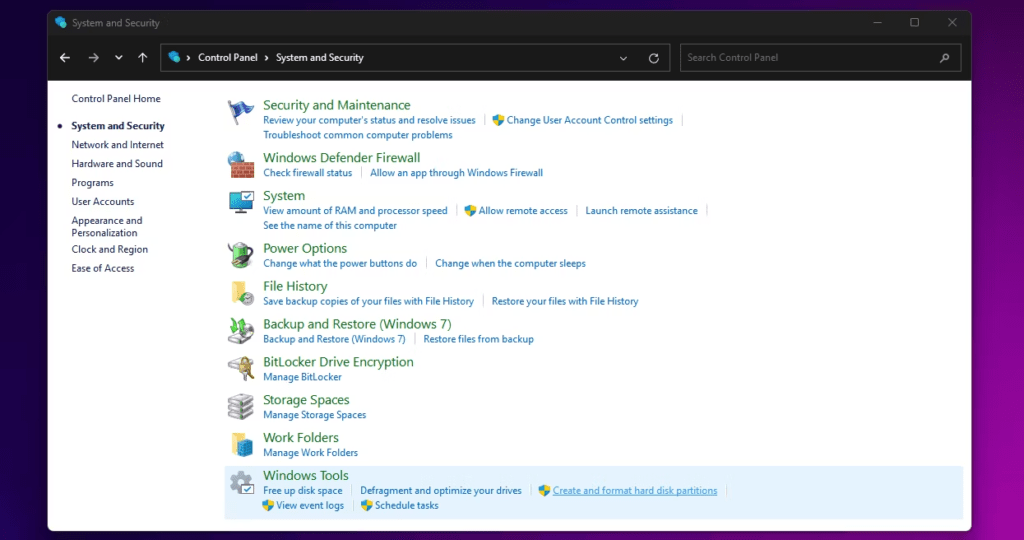
- "Disk Management" window will open
Additional Tips:
- You can also open disc management by right clicking on the Start button and selecting "Disk Management".
- If you use Windows 10 version 1803 or subsequent, you can also open disks management from the file explorer. Right click on a storage device and select "Manage".
- For more information on using the Disk Management utility, see the Microsoft documentation windows https://support.microsoft.com/fr-fr/windows/disk-management-help -ad88ba19-f0d3-0809-7889-830f63e94405 .
FAQs
What is Disk Management?
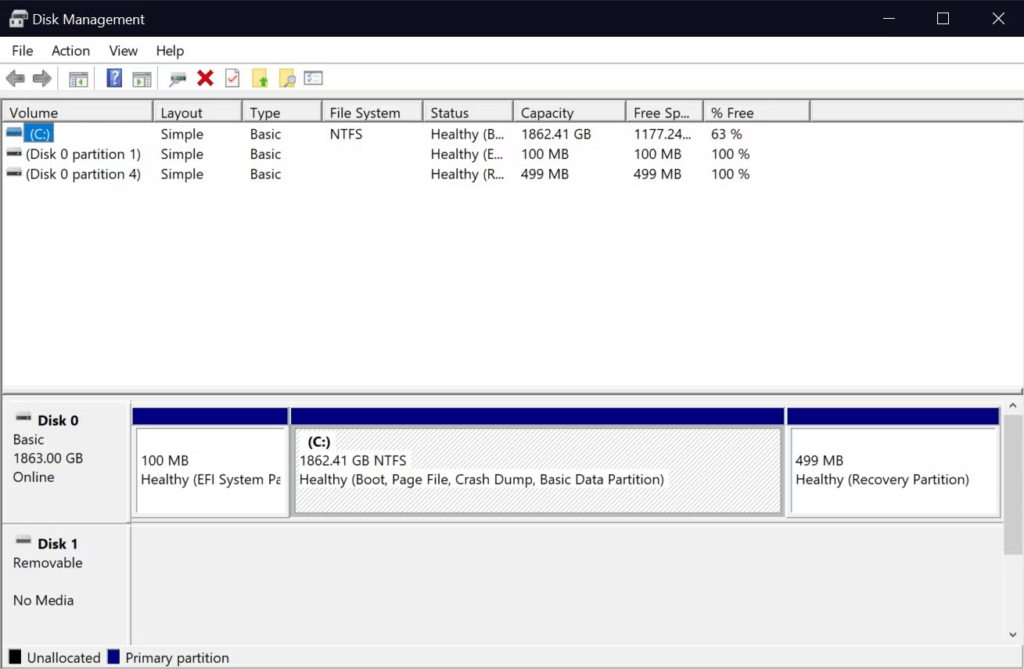
Disk Management is a tool built into Windows that allows you to view and manage all storage devices connected to your computer, including hard drives, solid state drives, USB drives, and memory cards. You can use it to:
- View information about your disks, such as capacity, free space and partition type.
- Create, delete and format partitions.
- Convert partitions between MBR and GPT formats.
- Set the drive letter of a partition.
- Defragment hard drives.
- Manage dynamic volumes.
Why do I need to use Disk Management?
You can use Disk Management to perform various management tasks for your hard drives and other storage devices. Here are some examples :
- You want to install a new operating system and you need to create a new partition for it.
- You want to format a USB drive to use it as a portable storage device.
- You want to increase free space on an existing partition.
- You want to defragment a hard drive to improve the performance of your PC .
- You want to repair errors on a hard drive.
Which method is best?
The best method to open Disk Management depends on your personal preferences. Method 1 is the simplest and fastest, while method 4 is the most flexible.
What should I do if I can't find Disk Management?
If you can't find Disk Management, it may be disabled. To enable it, follow these steps:
- Open the Software Editor Windows key + R , typing gpedit.msc , and pressing Enter .
- Expand User Configuration .
- Expand Administrative Templates .
- Expand Control Panel .
- Expand Administrative Tools .
- Double-click Disk Management .
- Select Enabled .
- Click OK .
Are there other ways to open Disk Management?
Yes, there are other ways to open Disk Management. You can use a keyboard shortcut, a PowerShell script, or a third-party tool.
Keyboard shortcut
- Press Windows + R Run dialog box .
- Type compmgmt.msc in the text box.

- Click OK .
PowerShell scripting
- Open Windows PowerShell Editor .
- Type the following script:
Get-WmiObject -Class Win32_ComputerSystem | ForEach-Object {$_.ManagementApplication.NewObject("Win32_DiskManagement", "Create") | Invoke-Method -Name "Initialize"}
- Press Enter .
Third-party tool
- You can use a third-party tool like DiskGenius or Partition Wizard to open Disk Management.
Conclusion
Managing your hard drives and partitions doesn't have to be a headache. Windows Disk Management utility and take control of your storage space. Don’t hesitate to explore the advanced features of this tool to optimize your performance and the security of your data.

